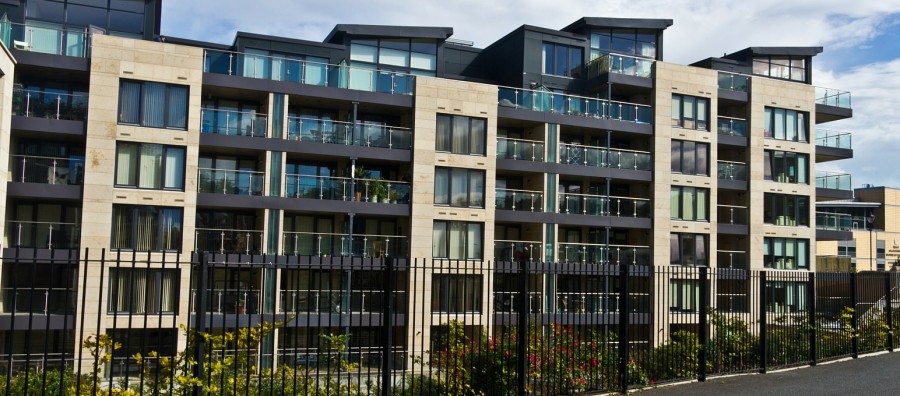For those of us in the business, it is a very good time to be a part of the purpose-built rental apartment industry. Years of restrained supply and burgeoning demand for rental housing have created a perfect storm, making apartment buildings an excellent investment for developers.
While the downtown cores of most Canadian cities have become the exclusive domain of lavish condominium developments, we are now seeing a noticeable shift to high-quality rental apartment construction.
For the past five years, downtown markets have been the focus of developers largely because that’s where demand for high quality housing has concentrated. By and large, these developments have targeted young urban professionals, largely in their twenties, usually single and often childless. As a result, most new multi-family buildings in the downtowns of Canadian cities only offer bachelor or one bedroom units.
This is not a new trend. Although many downtown neighbourhoods are experiencing gentrification and, with it, increases in property values and rents, the sense that downtown is the place for young single people has been around for decades. According to statistics from Canada Mortgage and Housing Corporation, fewer than 30 percent of all rental apartment units in downtown Toronto have two or more bedrooms. In neighbouring suburban Mississauga, more than 60 percent of rental units provide two or more bedrooms. Since the Second World War, the message to young people growing up in our downtowns has been: If you want to have a family, you must move to the suburbs.
However signs indicate that this trend is changing. In 2011, the City of Toronto released a study showing that most of the people living in the downtown core love where they live. Despite this fact, the survey also found that a substantial number of downtown residents saw themselves moving out of their apartments within the next five years. Why? The reasons given included that their accommodations were too small and unlikely to fit their lifestyle in the coming years. But where did most respondents want to move? To larger accommodations downtown.
According to the most recent Canadian census data, the population of downtown Toronto has increased by more than 50,000 residents between 2006 and 2011. Similar trends have been measured in other hot markets including Vancouver and Montreal. Most of these new residents have been young urban professionals drawn to the amenities of the cities’ cores.
But young people don’t stay young: In the next five to ten years, many among this cohort will marry and begin to raise a family. As the Toronto study shows, they want to find a life for their new family downtown. The question is, will the apartment market cater to their needs?
Condominium developers are focused on what will sell over the short term. In contrast, apartment developers are in for the longer haul, so they need to think less about where the marketplace currently is, and more about where the marketplace will be in five to ten years.
Downtown neighbourhoods in Toronto and Montreal are beginning to defy old stereotypes. Their streets are as safe, if not safer than suburban neighbourhoods. Downtown areas offer more amenities within walking distance. Some of Ontario’s best schools can be found in downtown Toronto. Well established parks, playgrounds, libraries and family attractions abound within the downtown core for parents their kids.
Missing however are apartments that cater to families, and not just to young single professionals. Urgently needed are more apartments offering two and more bedrooms apartments with safe and secure playgrounds and space for onsite childcare services.
Apartment developers who understand how to serve the needs of the young, affluent family who seek opportunities to raise their children within the downtown cores of our growing cities will reap the benefits of being at the ground floor of a market that is poised to grow significantly in the years to come.
As always, developers must carefully consider what and where to build before deciding to proceed with construction. While it’s easy to see the overall trend, savvy developers should always commission a detailed feasibility study beforehand to ensure that a particular project is designed to meet the needs of the marketplace while also delivering the best return for the developer’s investment. By leveraging the knowledge of a qualified and impartial third party with specific expertise in the rental apartment industry, developers can be sure that the insights and recommendations they receive are accurate and unbiased, so they can be certain of their next move.

